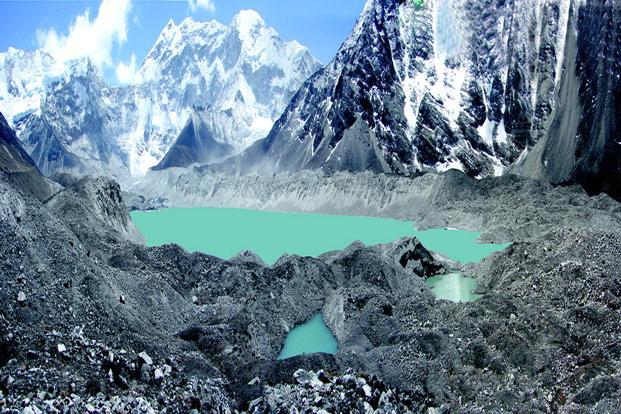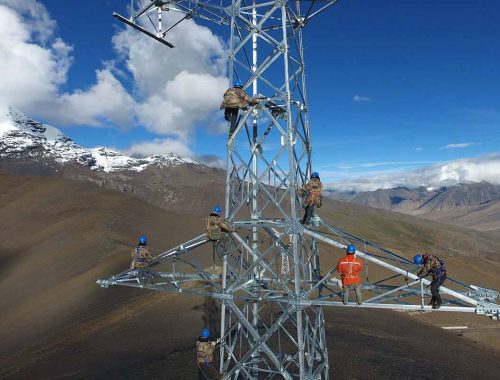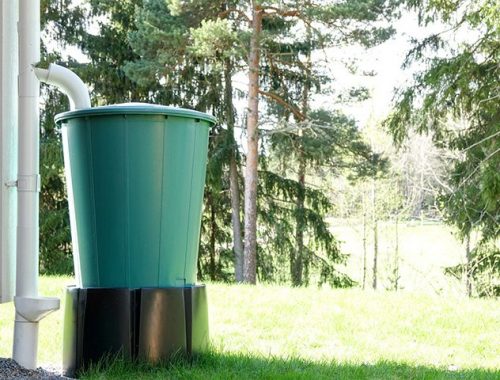India is planning to establish a regional climate centre for the Himalayan mountain region which will not only provide weather-related advices within the country but also to its neighbours, India Meteorological Department (IMD) Director General Mrutunjay Mohapatra said on Monday. Mohapatra said the work for establishing such a centre has already begun and talks are also on with the World Meteorological Organisation (WMO).
China is also building a similar regional climate centre on its side of the Himalayas, he said. Addressing a webinar on ‘Weather and Climate Services over Mountains Region’, Mohapatra said India has the eastern ghats, western ghats along the east and the west coast and the Myanmar hills in the northeast. Considering the size of Himalayas and its role in India’s hydrology, meteorology, disaster management, ecosystem and many other activities, the world has correctly recognised it as the ‘third pole of the world’, he noted.
As a part of the ecosystem, as a part of the land, ocean, atmosphere system, the mountains, including the Himalayas and all other hill ranges play a significant role, Mohapatra stressed. Being a data sparse region, the relative observational network is limited as compared to the plain ranges of the country, Mohapatra observed. He said there is a scope to improve further the physical understanding of various processes occurring in these mountains regions, their modelling and hence the forecasting and warning services.
“At the same time, we have to develop the climate applications scenarios, especially with respect to water sector, industries, tourism, agriculture, specifically in these mountains regions.
“We are planning to establish a regional climate centre for the mountains region and it will be providing advices not only to India but also to the entire region in the Himalayas,” he said.
The RCC is likely to come up in Delhi, Mohapatra later told the PTI. The RCC will provide weather-related services specially for the farmers and tribes residing there. He added that Himansh, the country’s remote and high altitude research centre, established in 2016, will also undertake weather research activities in the Himalayas. Mohapatra said a lot of initiatives have been taken by the Ministry of Earth Sciences and IMD for augmentation of observational network with deployment of doppler radars and automated weather stations and with the development of region specific numerical models and application activities with improvement in forecast activities and warning services. He said the disasters in the mountainous regions play a dominant role in deciding socio-economic activities.
Mohapatra said natural calamities in Himalayas like the earthquakes are well-recognised — the heavy rainfall leading to cloud bursts and also many other phenomena that affect the local agriculture, local industry, local bio-system, local lives. “We also have various types of disaster phenomenon in other hill ranges like western and eastern ghats. In the recent times, we all have witnessed that because of the monsoon rains, how the landslides, which have generally realised in the Himalayan ranges or the northeast states… how disastrous landslides have been realised in Karnataka and Kerala states,” Mohapatra said.
He added that similar landslides have taken place when cyclones have crossed Odisha and Andhra Pradesh.




